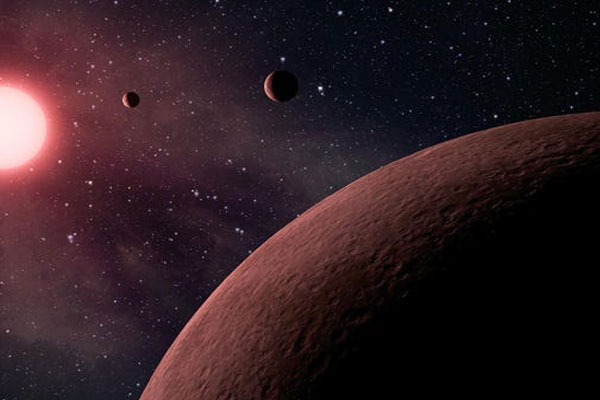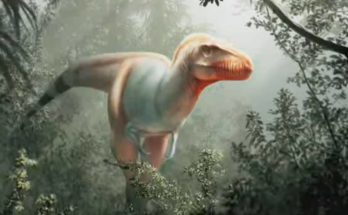College of British Columbia space science understudy Michelle Kunimoto has found 17 new planets, including a conceivably tenable, Earth-sized world, by searching through information accumulated by NASA’s Kepler crucial.
Over its unique four-year strategic, Kepler satellite searched for planets, particularly those that lie in the “Habitable Zones” of their stars, where fluid water could exist on a rough planet’s surface.
The new discoveries, distributed in The Astronomical Journal, incorporate one such especially uncommon planet. Formally named KIC-7340288 b, the planet found by Kunimoto is only 1 ½ times the size of Earth—sufficiently little to be viewed as rough, rather than vaporous like the goliath planets of the Solar System—and in the tenable zone of its star.
“This planet is about a thousand light years away, so we’re not getting there anytime soon!” said Kunimoto, a Ph.D. candidate in the department of physics and astronomy. “But this is a really exciting find, since there have only been 15 small, confirmed planets in the Habitable Zone found in Kepler data so far.”
The planet has a year that is 142 ½ days long, circling its star at 0.444 Astronomical Units (AU, the separation among Earth and our Sun) – only greater than Mercury’s circle in our Solar System, and gets about 33% of the light Earth gets from the Sun.
Of the other 16 new planets found, the littlest is just 66% the size of Earth—probably the littlest planet to be found with Kepler up until this point. The rest run in size up to multiple times the size of Earth.
Kunimoto is no more peculiar to finding planets: They recently found four during their college degree at UBC. Presently chipping away at their Ph.D. at UBC, they utilized what is known as the “travel strategy” to search for the planets among the around 200,000 stars saw by the Kepler crucial.
“Every time a planet passes in front of a star, it blocks a portion of that star’s light and causes a temporary decrease in the star’s brightness,” Kunimoto said. “By finding these dips, known as transits, you can start to piece together information about the planet, such as its size and how long it takes to orbit.”
Kunimoto additionally worked together with UBC graduate Henry Ngo to get well honed follow-up pictures of a portion of their planet-facilitating stars with the Near InfraRed Imager and Spectrometer (NIRI) on the Gemini North 8-meter Telescope in Hawaii.
“I accepting pictures of the stars as though from space, utilizing versatile optics,” they said. “I had the option to tell if there was a star close by that could have influenced Kepler’s estimations, for example, being simply the reason for the plunge.”
Notwithstanding the new planets, Kunimoto had the option to watch a huge number of known Kepler planets utilizing the travel technique, and will be reanalysing the exoplanet enumeration all in all.
“We’ll be estimating how many planets are expected for stars with different temperatures,” said Kunimoto’s Ph.D. supervisor and UBC professor Jaymie Matthews. “A particularly important result will be finding a terrestrial Habitable Zone planet occurrence rate. How many Earth-like planets are there? Stay tuned.”
Disclaimer: The views, suggestions, and opinions expressed here are the sole responsibility of the experts. No Just Examiner journalist was involved in the writing and production of this article.




